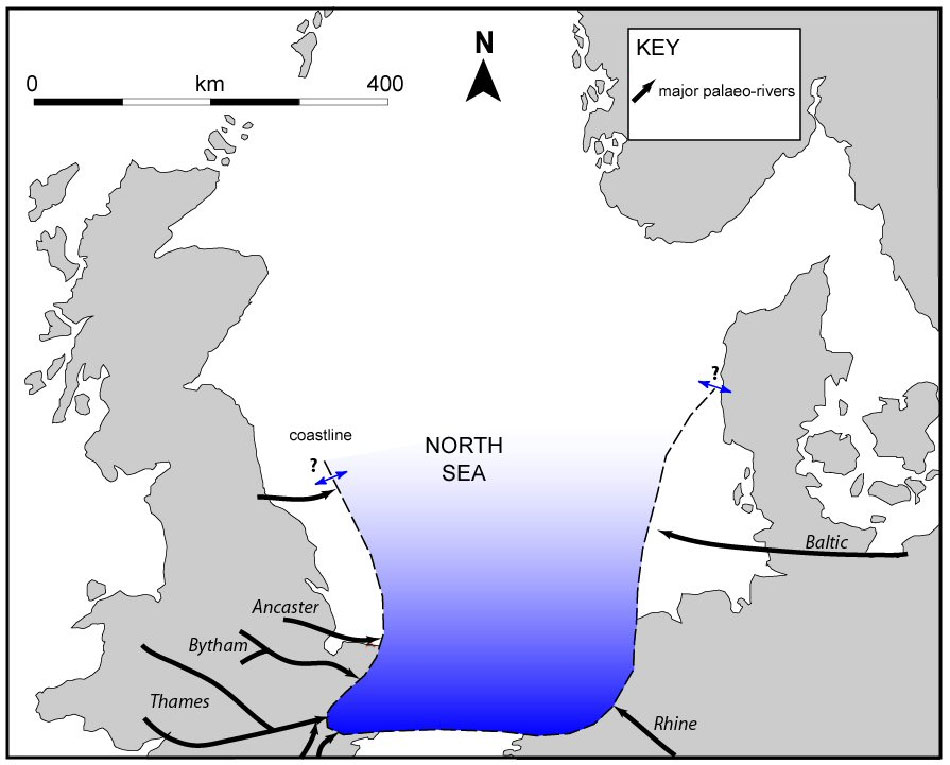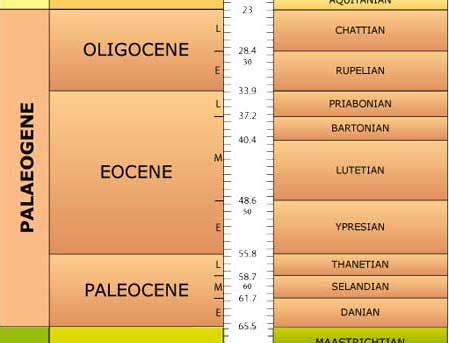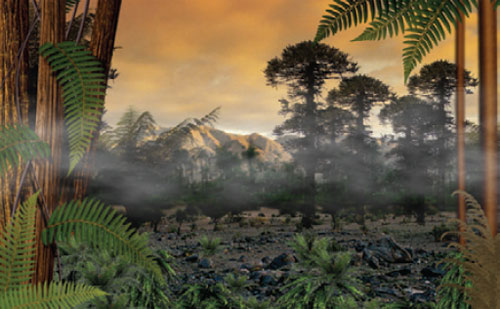Past climates — examples
Quaternary
The Quaternary (the past 2.6 million years) has seen great changes in the climate that caused ice sheets to advance from the poles into usually temperate places on the globe.
Evidence shows that although there has been a progressive long-term trend of global cooling during the Quaternary, there have also been several different ice ages, or glaciations, separated by episodes of global warming where the climate was much warmer or more temperate than the present day.
Ice has advanced and retreated repeatedly, beginning at the start of the Quaternary and continuing to the present day.
Sometimes ice covered much of Britain while at other times, like the present, Britain has been ice-free.
These repeated glacial episodes have resulted in significant fluctuations in sea level and caused plants and animals to migrate to more comfortable climates.
Some that could not adapt or migrate became extinct.
At the end of the Pleistocene (the earlier part of the Quaternary, from 2 600 000 to 12 000 years ago) there was a major extinction of large mammals, and animals like the woolly mammoth became extinct worldwide.
Thermal maximum
At the boundary of the Paleocene and Eocene epochs, 55 million years ago, there was a rapid peak in the Earth’s temperature, a sudden global warming that resulted in the Paleocene-Eocene Thermal Maximum (PETM).
It is thought that it may have been caused by a sudden release of greenhouse gases into the atmosphere.
The sea temperature rose between 5–8 degrees celsius in just a few thousand years.
This sudden change in climate is associated with an extinction event of marine species and changes in the circulation of both the atmosphere and the oceans.
The rapid rise in temperature, linked with an increase in atmospheric greenhouse gases can be compared to our climate today and for this reason it is of great interest to researchers.
Cretaceous
One of the warmest periods in the Earth’s history was the Cretaceous, from 140 to 65 million years ago.
The Earth was then several degrees warmer than today and is described as having a ‘greenhouse’ climate (see Greenhouse Earth).
Britain enjoyed warm, tropical conditions at this time.
The poles were warm and at times there may have been no ice on them at all.
There is even evidence of temperate forests growing in the Arctic and Antarctic.
As ‘greenhouse’ temperatures were reached, the world’s ice melted, which caused significant sea level rise.












